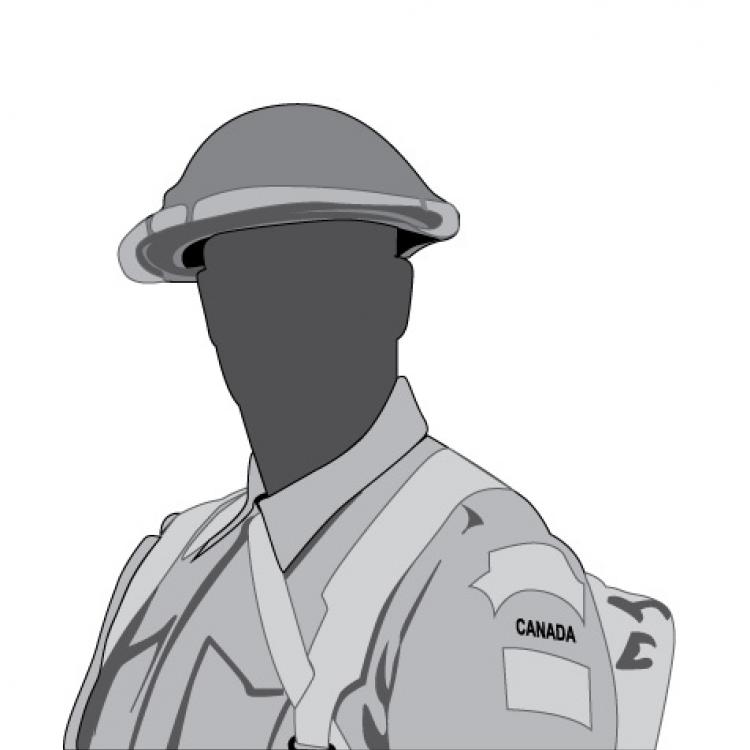ELLIOTT, Burton Bell
DIVISIONAL UNIT: The Lord Strathcona’s Horse (Royal Canadians)
“C” Squadron
1st Canadian Cavalry Brigade
SERVICE NO: 2293703
RESIDENCE: Nellville – Saskatchewan
DATE OF BIRTH: October 8, 1883
Molesworth – Wallace Township – Perth County – Ontario
Grey Township – Huron County - Ontario
DATE OF DEATH: October 9, 1918 35 years
CEMETERY: Highland Cemetery – Le Cateau –
Nord – France
X C 13
PARENT: Mr. Thomas Elliott – Listowel – Ontario.
Occupation: Grain Buyer Religion: Presbyterian
Enlistment: Winnipeg – Manitoba – January 20, 1918
Enlistment Age: 34 years 2 months
Private Elliot left Canada and arrived in Liverpool on April 28, 1918 and then on August 10, 1918 he transferred to the Lord Strathcona’s Horse and joined them in the field.
At this point in the war the Lord Strathcona’s were part of the Canadian Cavalry Brigade.
Prior to this action they were at Nauroy and on the morning of October 9th the weather was fair but there was a cold wind blowing. They advanced down the valley and achieved their objective around 6 pm. During this action at Le Cateau they were able to advance close to 8 miles on a front about 2 ½ miles wide. They took 400+ prisoners along with many weapons and disrupted the enemy attempts of demolition.
During this action 172 killed, wounded or missing and lost 171 horses. This was the first time the Canadian Cavalry Brigade was fighting along side the Canadian infantry.
On October 9th the Lord Strathcona’s fought their last battle of the war. They had been in reserve since August but were rushed to the front to exploit a penetration into the defences of the Germans. The Strathcona’s advanced toward the enemy with a spirited charge over 1,500 yards of open ground and then helped clear the village of Clary to the south-east of Cambrai. The battle began at 8:45 am and was finished in just 1 ½ hours.
The Canadian Cavalry Brigade and a British Cavalry Brigade advanced through the infantry at 9:55 am with the objective of capturing the high ground from Le Cateau to Neuvilly and then establish a flank fron Neuvilly-Rambeurieux Farm-Toisvilles.
The Canadians formed the northern portion of the advance as the left flank and once again were the first into action. The Fort Garry Horse and 4 machine guards were the advance guard followed by the Lord Strathcona’s and 4 machine guns. The Strathcona’s advanced along the Clary-Berty-Toisville Line and sent out patrols toward Montigny-Inchy-Neuvilly
Several Squadron size charges were made as the Regiment raced forward. The battle was moving so fast forward the senior commanders were not able to keep up and issue new instructions. This was the kind of mobile warfare the cavalry had been longing for and to the Lord Strathcona Regiment memories returned to the spring of 1918 and the Battle of Moreuil Wood.
In the early afternoon the Strathcona’s were the flank guard and advanced from Bertry with the objective of taking Toisville and reached the village at 4 pm. In the late afternoon they held the line from Rambourlieux Farm to Toisville and established outposts along the Inchy Road from Toisville to Neuvilly.
It was during the action at Le Cateau where Private Elliot lost his life from the shrapnel of an exploding enemy shell.


